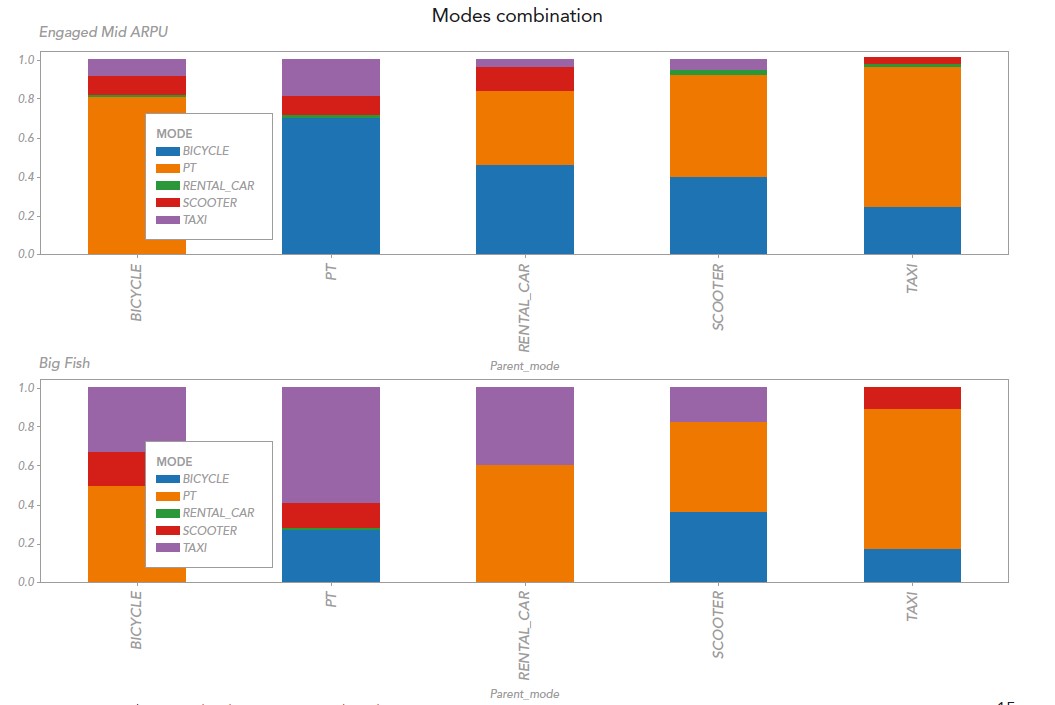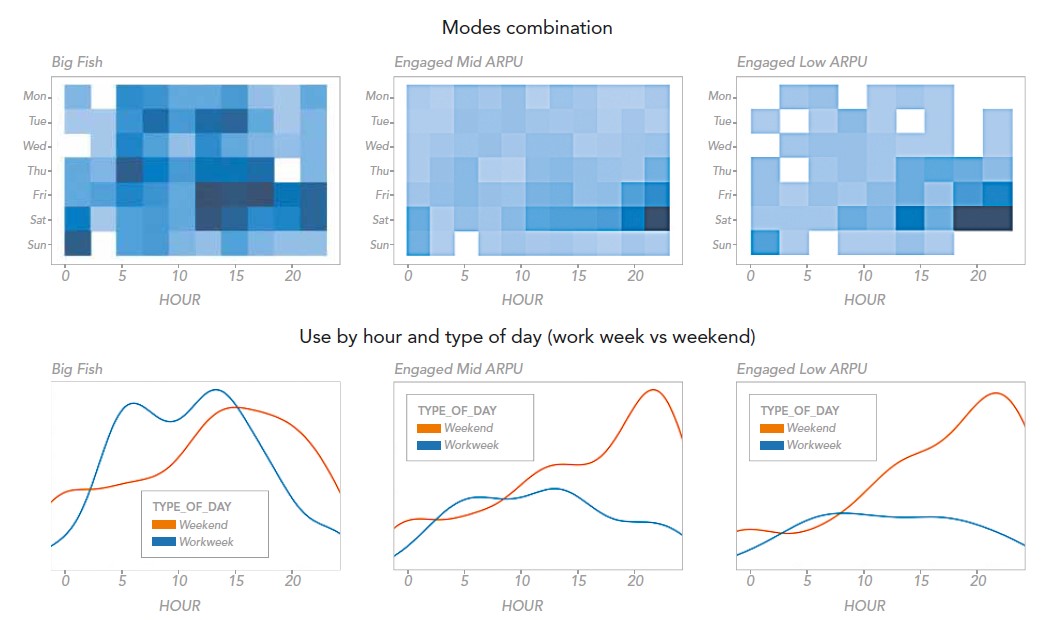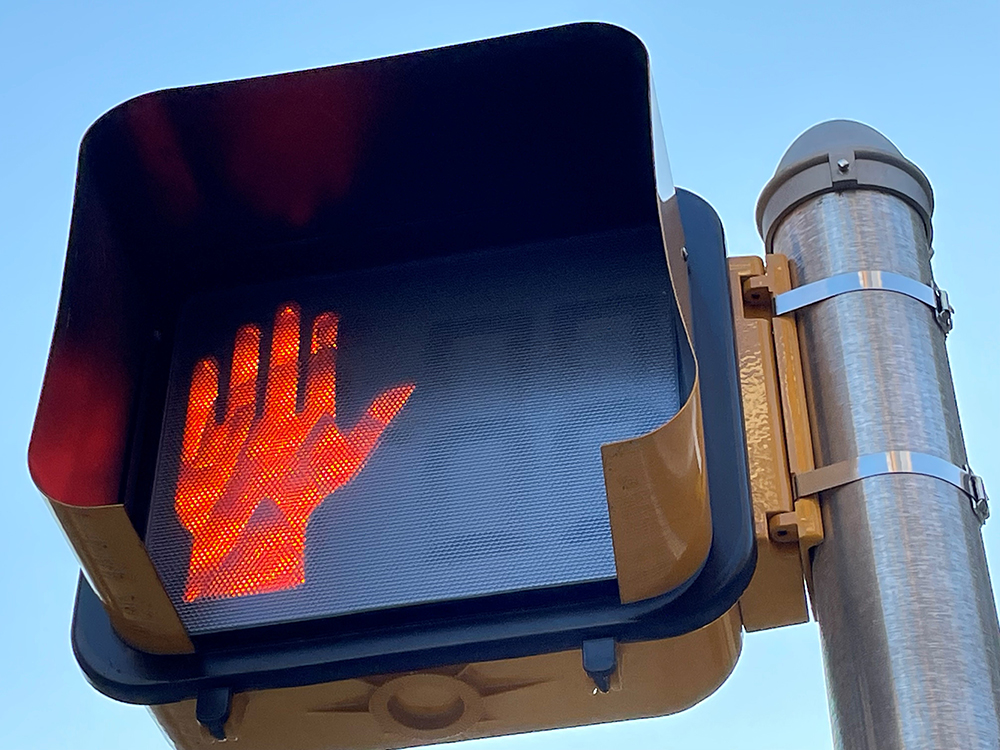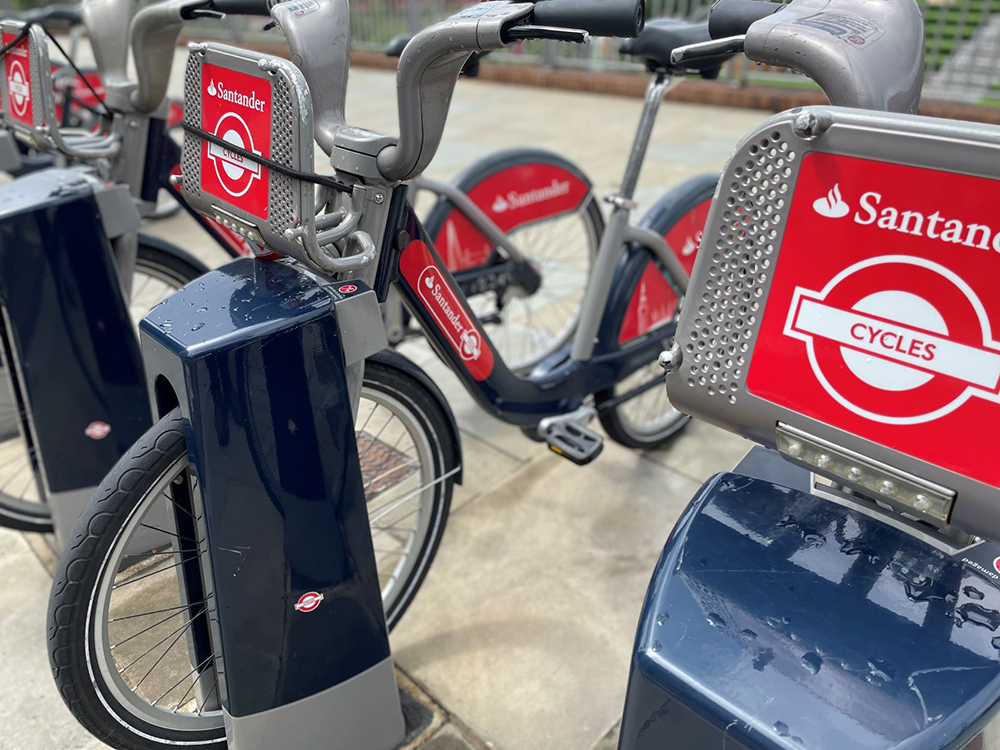
Mobility as a Service (MaaS) has been there as a concept for more than 15 years. For over five years it’s been on the lips of just about everyone involved in mobility. In many ways it has been like the emperor’s new clothes: something we all should look in awe at – but not really knowing why.
So, does MaaS have any relevance or is it just one of those buzzwords waiting to be replaced by a fancier acronym? Having been insisting on MaaS for quite some time now, here’s what I think about it…
I agree with Gartner’s Hype Cycle showing MaaS at the ‘Trough of Disillusionment’, reaching a plateau within two to five years. Covid and the financial crisis caused by Russian aggression have stolen three years from the natural development of MaaS: it needs a new jump start.
MaaS is a whole new business category, which would take around 20% of household costs. Something so big will not be introduced easily to consumers. Having said that, all consumer trends point towards MaaS: less commitment to ownership, more choices for daily life, the need for convenience and urgency of sustainability just to mention a few. But nothing is bigger than our need for freedom of mobility. That means guaranteed access anywhere, anytime on a whim (easy to guess where we got our service name from).
Supply and demand
The maturity of MaaS markets is dependent on supply and demand. On the supply side, access to all modes in an area is needed to even test the theory of MaaS. No organisation alone will have enough capacity to fulfill the need for every person’s freedom - just try to name a transport provider that can guarantee you all your trips for the next year. This is what you have in your mind when buying a car.
In many ways it is hard to judge the success of MaaS when we haven’t even fully tried it yet. Sadly, the industry has been frustratingly slow: we have been working as an ‘egosystem’, not an ecosystem. We still do not have many areas where relevant access would be easily available on fair terms. Before you have all the components, it’s hard to understand how the demand works.
On the demand side, we have learned that people consistently look for all-in-one convenience as the first benefit. The biggest user bases tend to live either centrally or along public transportation corridors. Users are also very demanding – the unlocking of an e-scooter or city bike of any kind cannot take even five seconds. They also expect a one-stop shop for customer care. And all this must work in a multivendor, multimodal world. One big learning has been that technical integration is not nearly as big an effort as process integration.

Like in other service businesses, segmenting customers and finding your best segments is relevant. We have noticed that there are major differences in the behaviour of so-called 'big fish' who use the service for all their trips. Finding that segment is a core to any MaaS operation being successful.
Here are some examples (see tables below) of current categories divided by their usage (where ARPU stands for average revenue per user). We found out that marketing can be targeted to very selected areas with this approach.
As can be seen from the picture (right), the big fish are concentrated close to city centre and in places around public transport hubs. 25% of the customers actually live in 10 zip codes. Big fish are multimodal and use the service much more frequently than others. This also speaks in favour of monthly subscriptions. For the big fish it is a lifestyle issue, and they really value convenience. Spotting big fish and converting mid-ARPU users upwards is a key element to success. We know much more now than we did five years ago.
But how about the big dream of MaaS being better than your own car? Is it even worth pursuing or should we just face the music? A large survey around European cities showed that more than one third of people are looking for a solution to replace their privately-owned vehicle.
These people are currently underserved by the mobility industry; they would like the true feeling of multimodality without the hassle of opening lots of apps but they’re not getting it. So, we know we have an impact tool that people want - but it has not been put to market. There is not enough evidence to show that everything has changed with MaaS, but all the numbers point in the right direction. Prior to Covid, up to 24% of Whim users in Helsinki said that they either avoided buying a car, or sold it, with the help of the service. More than 40% of bike trips relate to public transport - and connecting taxis with public transport is more than three times more frequent with Whim.
The whole MaaS concept was born out of thinking what digital disruption will look like in mobility - and especially what it will look like in the eyes of the consumer. I dare to say that, prior to MaaS, the discussion around the dominance of the car and how to compete against it was just ideological humming or ‘rationalisation dreams’ by city engineers.

‘Freedom of movement’
The car has represented freedom of movement to us for a century. That sense of freedom is not something that even younger generations are willing to sacrifice. We needed better dreams and MaaS has brought that into the discussion.
I have given over 2,000 speeches about MaaS in all kinds of forums and still get excited to see how people start dreaming. It is easy to sell the idea of ‘all modes open to them everywhere in the world with no hassle and just one monthly payment’ (preferably paid by an employer, parents or whoever feels most suitable).

Still, if you look at the amount of talk, research, national programmes and investment, very little has changed so far. MaaS has not become mainstream, and it has not changed the way people perceive their freedom of mobility. An industry where most of the money lies in research and pilots is not an industry yet.
But a lot has changed in the last years. We see micromobility booming and changing the way we perceive short-distance, inner-city trips. It is also the first new means of transportation that did not break through with an ownership model. Just imagine the hassle for city regulators if half of the people owned their e-scooters? Setting time-based speed limits and so on would be impossible.
Payments are also changing in a way that allows much easier access to all modes from car-share to public transport. This makes the expensive part of building MaaS much faster and more affordable. These are just some examples of the enablers that are needed to even start building the user experience people deserve. If you go around Madrid, you see young people using the nearest car-share easily - and not even considering buying a car.
One big question has haunted MaaS from the beginning: namely, who will provide the aggregated solution to the end user? I’ve often said that we have an egosystem instead of an ecosystem in mobility.

Some think that choice should not be enabled for users. The thinking behind this is that authorities should dictate the correct mode and route. Alternatively, some want to dominate the space from a business perspective and over-utilise market dominance. This kind of narrow thinking fails to see that we don’t have a cake to cut yet. If the competitor is car ownership instead of another service provider, we start seeing the world differently. If MaaS cannot liberate the money used for car ownership, it will struggle to be sustainable. That can only happen by creating real value to users - not by trying to guide or educate them.
Cities and their public transport organisations have struggled to find their role within MaaS. Some years back the interest started to be big enough to create strategies towards MaaS – but it resulted in a wilderness of isolated technical pilots and research programmes.
Only a very few cities or governments wanted to look beyond pilots and consider what MaaS markets could look like. Finland made legislation to enable markets but failed to enforce it.
Antwerp has worked as a city to push for open markets but the market struggles with size (Brussels is still a walled garden) and Covid took a toll on it as well. The recent openings in Milan and some other Italian cities are promising. A prequalification and then vouchers for end users seem to drive the required private investment to get to critical mass of MaaS.
Most companies want to stay on the sidelines of MaaS – enabling it, but not taking the end-user risk. Those that get their money from end users are very few. There have been endless debates about whether this is a B2C, B2B or even B2G market.
Whoever ends up serving the customer must deal with the C-type business – the consumer - so I find the debate pointless. MaaS is, in the end, a B2C business, the rest is just channel strategy. The brilliance of the car industry is that it is a competitive consumer business that has externalised its infrastructure (and most of the annoying parts) to society.
Mobility as a Feature

The latest trend in the MaaS business is that mobility will become an embedded feature into other sectors that are in touch with mobility. Almost all sectors touch mobility but cannot utilise it in their service. This is what Professor David Hensher from the University of Sydney Business School and I called Mobility as a Feature (MaaF) in a recent article.
MaaF is enabled through MaaS technology, making the plug-in easier. Companies that aim to embed mobility into their services are not capable of investing into the platform needed to produce the necessary integrations and the user experience - but they will embed it if that is made easy.
This happened also with maps years back and is now happening with banking and insurance. MaaF can be a natural evolution, whereby your event ticket comes easily with access; your rent is combined with all modes you want to open; or your car insurance will become your ‘freedom insurance’. Eventually you could also buy an access to a car but the service can be produced multimodally. In many ways the biggest benefits tend to materialise when you cross sectors and create new experiences.
The future is on the side of MaaS. It does take a village to build, and a mindset change within the industry is needed. It is not about what’s in it for your core business - but more about what’s in it for the end user. That attitude has proven to be the right one when going for disruption.
About the Author:
Sampo Hietanen is founder and CEO of MaaS Global, home of the Whim MaaS app





